Have you ever wondered how some people seem to unlock innovative ideas effortlessly, while others struggle to find even a spark of inspiration? Creativity, often described as the driving force behind human progress, plays a pivotal role in shaping industries, fostering personal growth, and transforming lives. Exploring creativity and growth is a journey that has long been a cornerstone of human evolution, influencing everything from artistic masterpieces to groundbreaking scientific discoveries.
Key Takeaways
– Harness Creativity for Personal Growth: Explore your creativity to unlock self-discovery and foster a transformed worldview, leading to meaningful growth and self-actualization.
– Nurture Creativity Through Systematic Strategies: Set clear goals, embrace curiosity, experiment, and collaborate to unlock your creative potential and drive innovation.
– Creativity Drives Progress Across Fields: From scientific theories to culinary innovations, creativity is a catalyst for transformative ideas and progress in every domain.
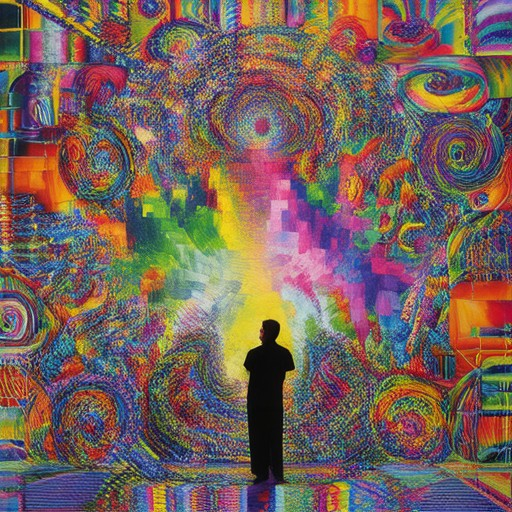
The 7 Cs of Creativity
- Creativity : The ability to generate ideas that are novel and valuable. It involves thinking outside the box and approaching problems from unique perspectives.
- Characteristics : Essential traits of creative individuals, such as curiosity, imagination, and resilience. These traits enable individuals to approach challenges in innovative ways.
- Collaboration : Working effectively with others to create shared vision and combine diverse skills and perspectives to achieve common goals.
- Context : The environment in which creativity thrives. Factors like culture, resources, and support systems play a crucial role in fostering creativity.
- Creation : The actual products or outcomes of the creative process, whether they are tangible artifacts or intangible concepts.
- Communication : Effectively sharing ideas and concepts with others, ensuring clarity and impact. This is essential for creativity to have meaning and influence.
- Curiosity : The desire to explore and learn, driving individuals to ask questions and seek new experiences that inspire creativity.
The Five Stages of Creativity
The creative process is a fascinating journey that involves several distinct stages, each contributing uniquely to the creation of ideas. Understanding these stages can help unlock your potential and foster a more productive creative workflow. Here’s a breakdown of the five primary stages of creativity:
- Preparation
- Definition : Preparation is the foundational stage where you gather inspiration, research your topic, and familiarize yourself with the subject matter.
- Actionable Steps :
- Conduct thorough research on your topic or field.
- Review relevant materials, whether they are books, articles, videos, or podcasts.
- Define your objectives and goals for the creative project.
- Organize your findings in a way that makes them easily accessible during the next stages.
-
Incubation
- Definition : Incubation is the phase where ideas begin to simmer. It’s a time for reflection and exploration, away from the immediate pressures of production.
- Actionable Steps :
- Take regular breaks to allow your mind to wander.
- Engage in activities that stimulate your imagination, such as daydreaming, journaling, or meditating.
- Explore unrelated fields or hobbies to spark new connections between concepts.
-
Illumination
- Definition : This is the moment of insight or “Aha!” when a new idea suddenly appears. It’s often sudden and unexpected.
- Actionable Steps :
- Stay open to unexpected connections and associations.
- Keep a notebook handy to jot down ideas as they come to you.
- Embrace a mindset that allows for playfulness and experimentation.
-
Evaluation
- Definition : After generating an idea, evaluation ensures its viability and potential impact.
- Actionable Steps :
- Assess the feasibility of your idea based on available resources and constraints.
- Consider the audience’s perspective and how the idea might resonate with them.
- Refine and refine your concept to maximize its effectiveness and appeal.
-
Implementation
- Definition : This is the execution phase where the idea is turned into reality.
- Actionable Steps :
- Develop a detailed plan outlining the steps needed to bring your idea to life.
- Seek support from collaborators, mentors, or teams who can assist in the process.
- Stay adaptable and willing to iterate as challenges arise.
By understanding and navigating these stages, you can approach your creative projects with greater confidence and efficiency. Remember, creativity is a dynamic process, and embracing each stage with intention and curiosity will lead to richer outcomes.
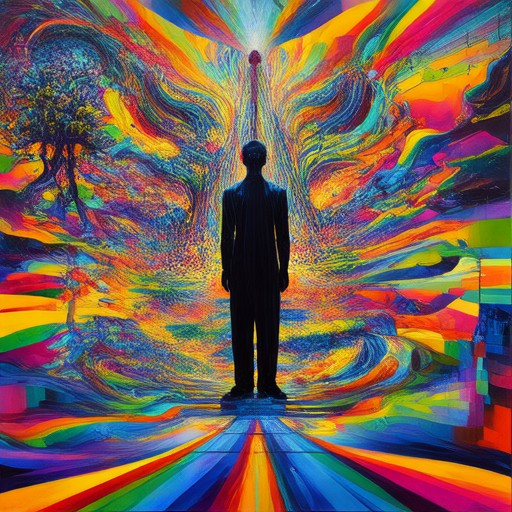
The Four P’s of Creativity
The Four P’s of Creativity are a framework used to understand and optimize the creative process. They consist of four essential elements that collectively contribute to the generation of innovative ideas and solutions. Below is a breakdown of each component:
- Person :
- The individual or team driving the creation. Their unique skills, experiences, and mindset significantly influence the outcome.
- Example: A painter’s technical ability and artistic style heavily shape their work.
- Process :
- The systematic approach or method used to create. This includes techniques, tools, and workflows that facilitate idea generation.
- Example: Using mind mapping software to brainstorm ideas.
- Product :
- The tangible or intangible result of the creative effort. This could be a physical object, a concept, or a service.
- Example: Inventing a new gadget or designing a digital app.
- Place :
- The environment or setting where creativity occurs. Physical surroundings, social contexts, and cultural influences play a role.
- Example: A serene retreat fostering introspection and inspiration.
By optimizing each of these elements, individuals and teams can enhance their creativity and produce more impactful outcomes.
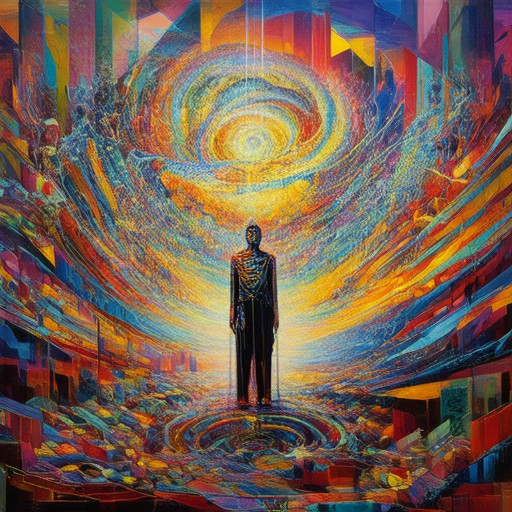
What Does “Explore Your Creativity” Mean?
Exploring your creativity is a multifaceted concept that goes beyond mere artistic expression. It encompasses a journey of self-discovery and meaningful engagement with the world around you. Here’s a breakdown of its essence:
- Self-Discovery : Creativity is often a mirror reflecting our inner selves. By exploring it, we gain deeper insight into our thoughts, emotions, and aspirations, allowing us to grow personally and intellectually.
- Worldview Transformation : It’s not just about creating; it’s about seeing the world through fresh eyes. This perspective shift can lead to innovative thinking and a renewed appreciation for life’s complexities.
- Meaning Creation : Creativity helps us assign significance to experiences, turning ordinary moments into extraordinary ones. It bridges the gap between inspiration and manifestation, enabling us to craft a life that resonates with our true values.
- Path to Self-Actualization : The exploration of creativity is a vital step toward achieving self-actualization. It challenges us to overcome fears, embrace risks, and pursue goals that align with our passions.
To embark on this journey, consider stepping outside your routine, nurturing your curiosity, and experimenting with new ideas. These efforts can unlock latent potential and guide you toward personal growth. Remember, creativity is not confined to art or music; it’s a universal human experience that enriches every aspect of life.
By exploring your creativity, you unlock a world of possibilities, fostering innovation and deepening your connection with the world around you. Whether through journaling, trying new hobbies, or simply spending time in nature, the act of exploring your creativity is a transformative endeavor that benefits both your personal development and the world at large.
Patrick Mettraux explores these themes extensively, offering insights and inspiration for those looking to nurture their creative sides.
How Can One Explore One’s Creativity?
To explore one’s creativity, it’s essential to approach the process systematically and mindfully. Here are some effective strategies:
1. Set Clear Goals
Define what you aim to create or explore. Whether it’s art, writing, or innovation, having a purpose gives direction. Break your goals into smaller, achievable steps to avoid feeling overwhelmed.
2. Embrace Curiosity and Wonder
Ask questions and explore diverse perspectives. Curiosity fuels creativity. Engage with new experiences, cultures, and ideas to broaden your horizons and spark inspiration.
3. Experiment and Play
Don’t fear failure. Experiment with different techniques, tools, or mediums. Playfulness often leads to unexpected breakthroughs. Try things outside your comfort zone to discover hidden talents.
4. Surround Yourself with Inspiration
Seek out environments that stimulate your imagination. Visit museums, read books, watch films, or connect with fellow creatives who challenge and inspire you.
5. Practice Regularly
Consistency is key. Dedicate time to your creative pursuits, whether it’s daily journaling, sketching, or brainstorming sessions. Over time, this habit becomes second nature.
6. Collaborate and Share
Working with others can unlock fresh ideas. Collaborate on projects or share your work with peers for feedback. Interaction with different viewpoints can reignite your creativity.
7. Reflect and Iterate
Review your work regularly. Analyze what works and what doesn’t. Use this feedback to refine your approach and push boundaries further.
8. Stay Open-Minded
Be willing to change and evolve. Embrace new trends and perspectives. Creativity thrives in adaptability and openness to change.
By integrating these strategies, you can unlock your creativity and embark on a journey of endless possibilities. Remember, creativity is a muscle that grows with use. Keep exploring, experimenting, and enjoying the process.
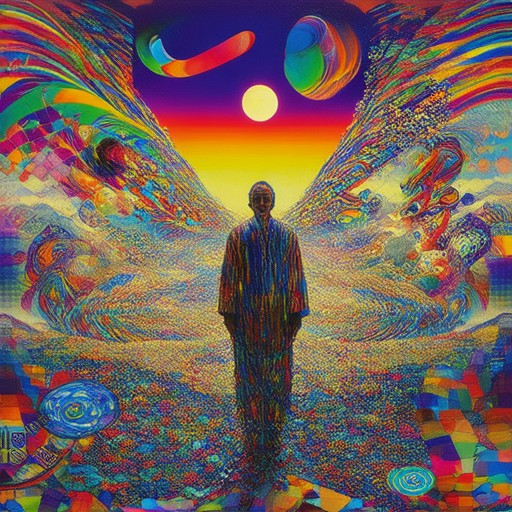
What is an Example of Creativity?
Creativity is the ability to develop innovative ideas or solutions that bring value to a task or field. It involves thinking outside conventional patterns and introducing new approaches to problem-solving or expression. Here are some notable examples:
Intangible Examples of Creativity:
- Scientific Theory: Albert Einstein’s theory of relativity revolutionized our understanding of physics and spacetime.
- Literature: Harper Lee’s To Kill a Mockingbird explores complex social issues through a simple story.
- Musical Composition: The Beatles’ song ” Imagine ” introduced a unique vision of peace and hope.
- Joke: The classic joke ” Why did the chicken cross the road? ” demonstrates clever wordplay and humor.
Tangible Examples of Creativity:
- Invention: The iPhone transformed mobile communication and digital entertainment.
- Engineering Feat: The Eiffel Tower remains a symbol of architectural innovation and structural integrity.
- Art and Architecture: The Taj Mahal combines intricate design, craftsmanship, and cultural significance.
- Transportation: The Wright Brothers’ first successful airplane marked a new era of aviation.
- Culinary Innovation: Chef Ferran Adrià redefined modern cuisine with his avant-garde dishes.
Conclusion:
Creativity is a driving force behind progress in nearly every field. Whether it’s through groundbreaking ideas or transformative inventions, creativity continues to shape our world.

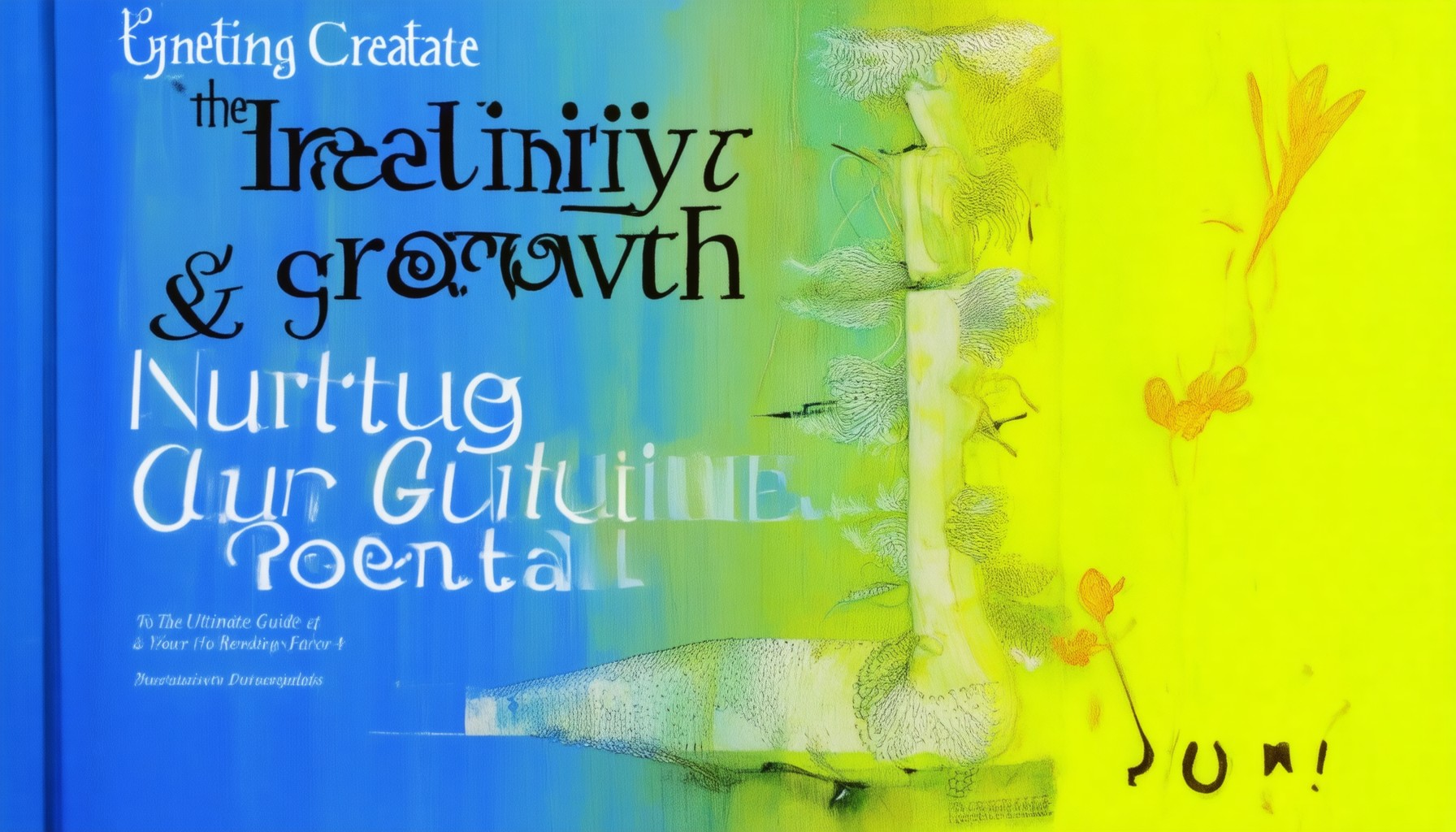
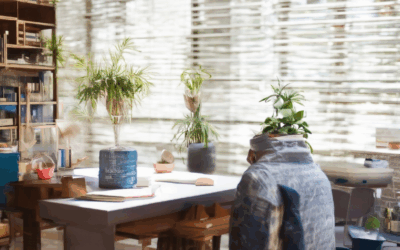
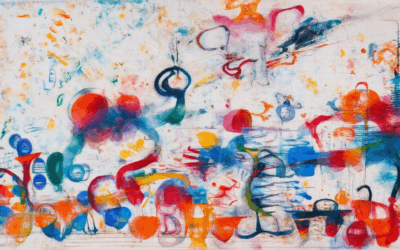
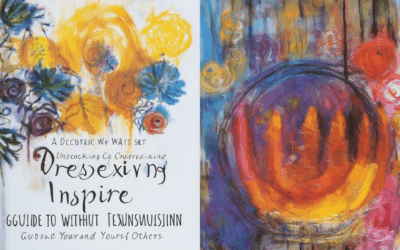
0 Comments